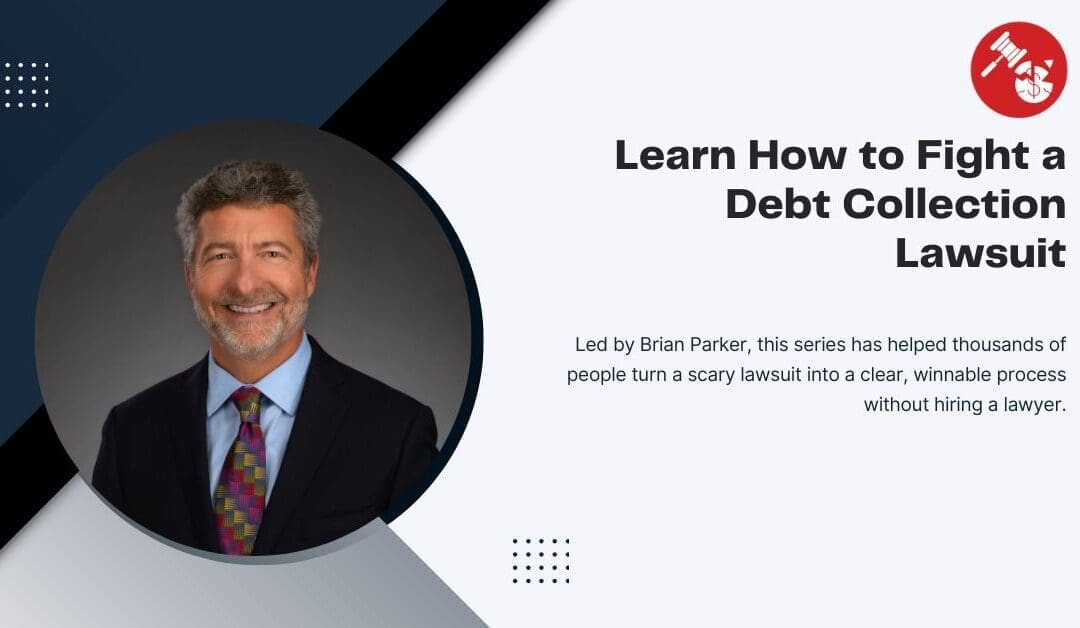Examining The Collection Lawsuit
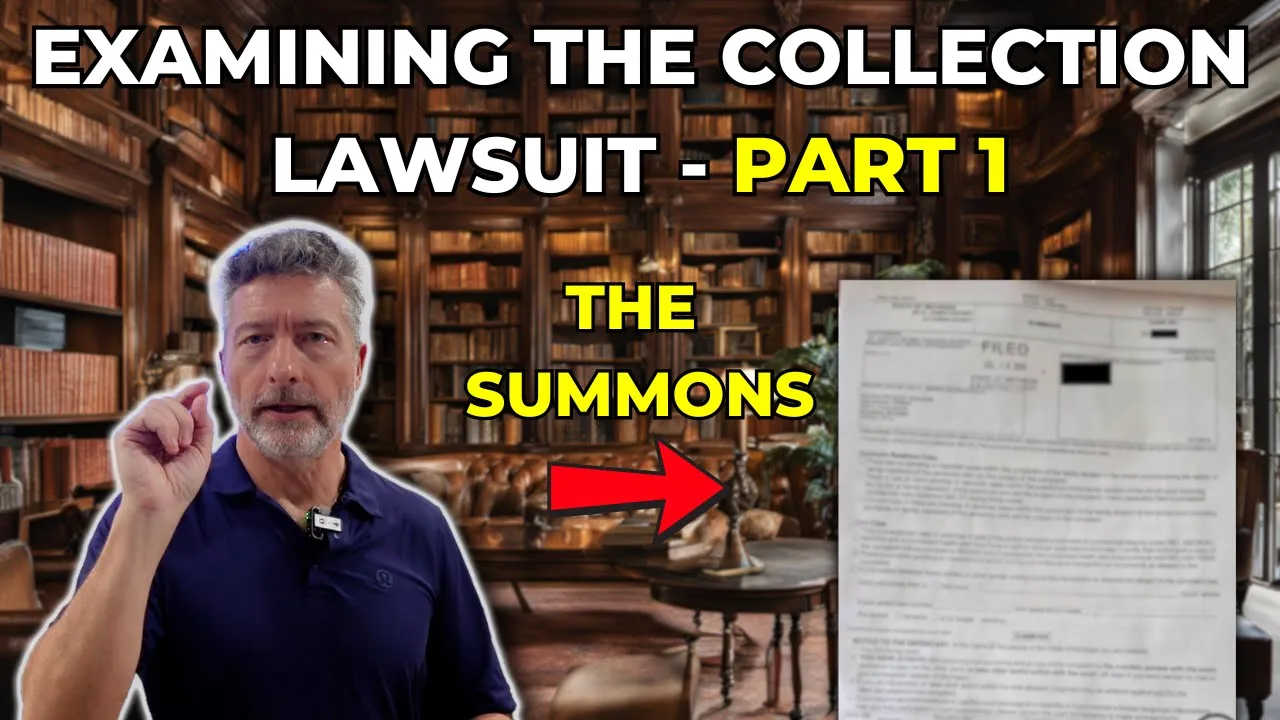
Most people overlook the summons, but Brian shows you how to find the hidden gold. Debt collectors often misstate or misrepresent details here—and it could be your first winning move. You’ll learn how to spot inconsistencies and use them to your advantage later in your case.
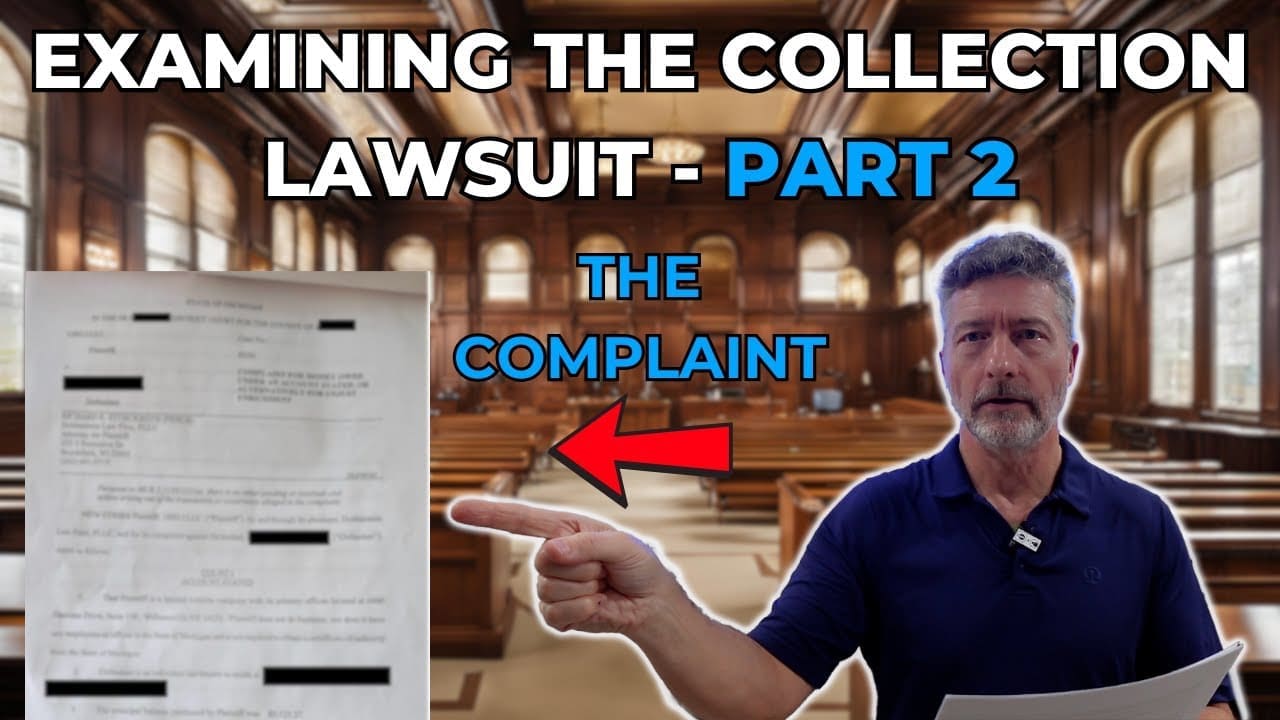
Here, we analyze the lawsuit’s pleadings and connect the dots from what you found in the summons. You’ll see how early red flags carry over into the complaint—and how that builds the foundation for your Answer and Counter Affidavit in later parts. Everything you uncover becomes fuel for your legal defense.
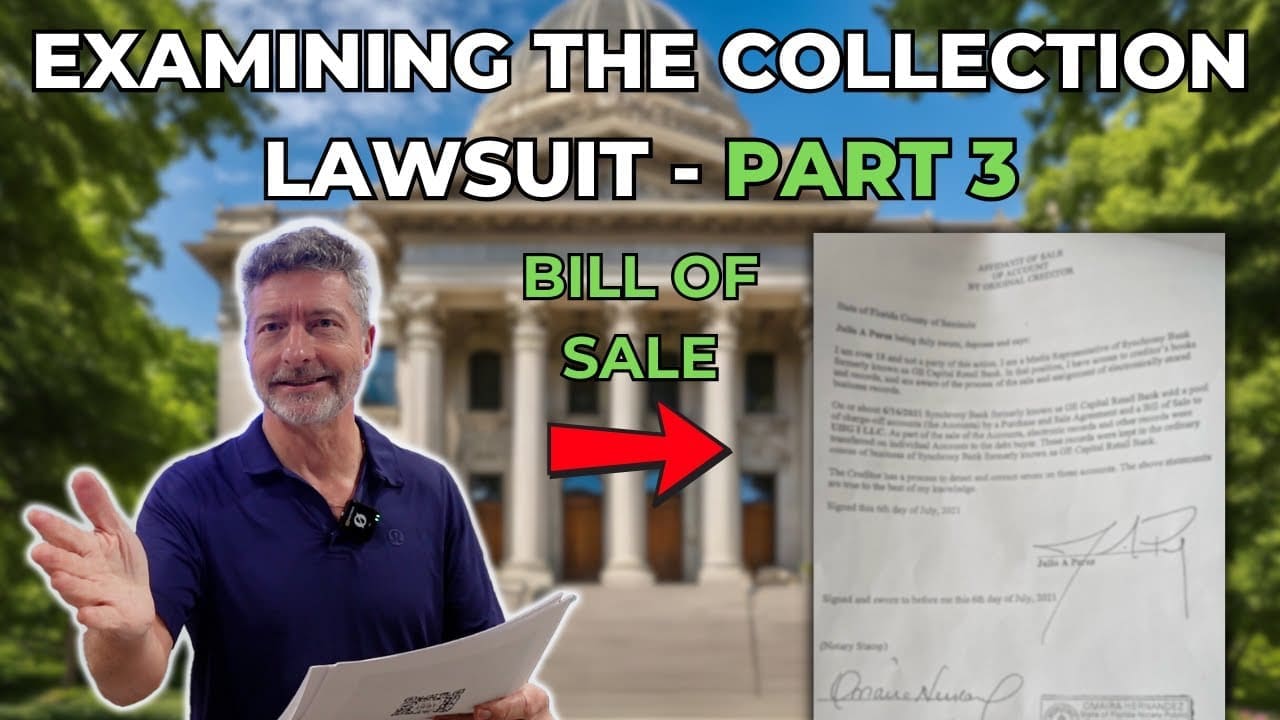
Collectors often include a “Bill of Sale” to prove they own the debt—but most fail under pressure. Brian shows you how to break these documents down and explain to the court why they’re not enough. This section arms you with evidence to use in your Counter Affidavit (Lesson 5).

Now that you’ve examined the documents, it’s time to respond. Brian walks you through how to file your Answer and Affirmative Defenses, paragraph by paragraph—admitting what’s true, denying what’s false, and protecting your rights. This is where you start turning the lawsuit around.
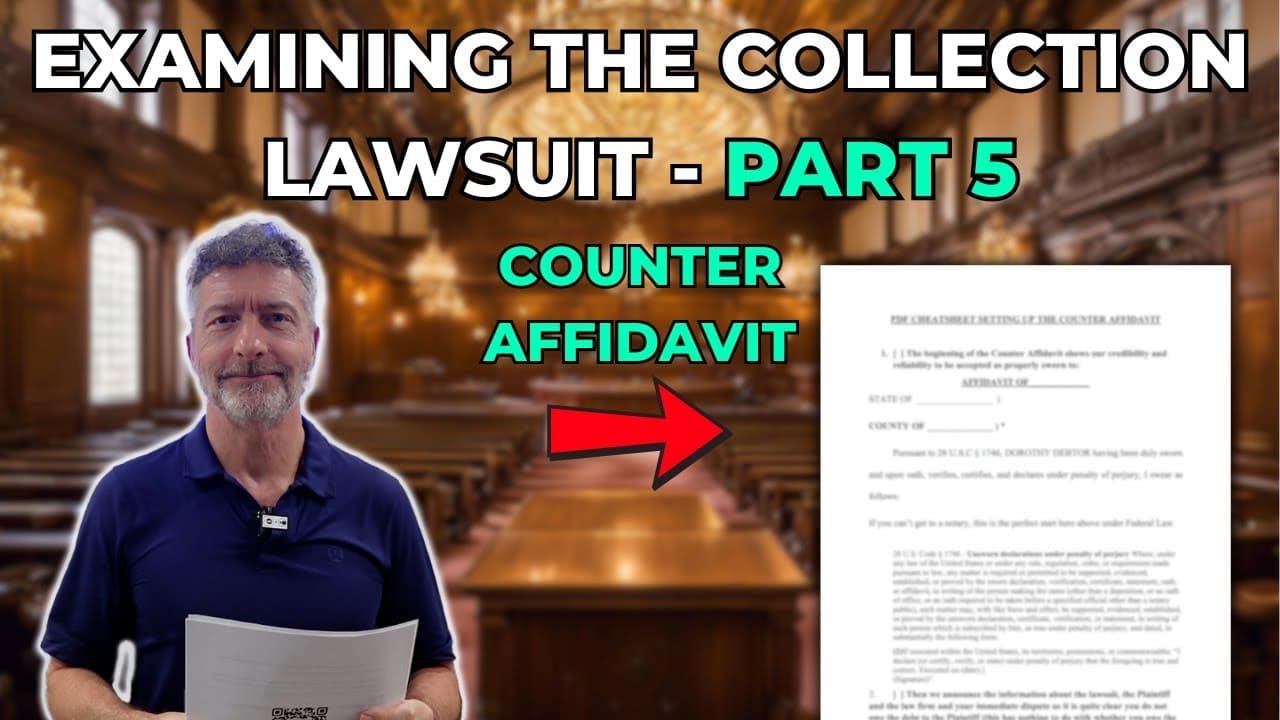
This is the most important step in your legal self-defense. The Counter Affidavit is your story, your evidence, and your complete response—backed by strategy and truth. It’s the document that educates the court, supports your defense, and follows you through every stage of the case. With this in hand, you’re ready to negotiate, settle, or win outright.
Once it’s done, the hardest part of your case is behind you.
